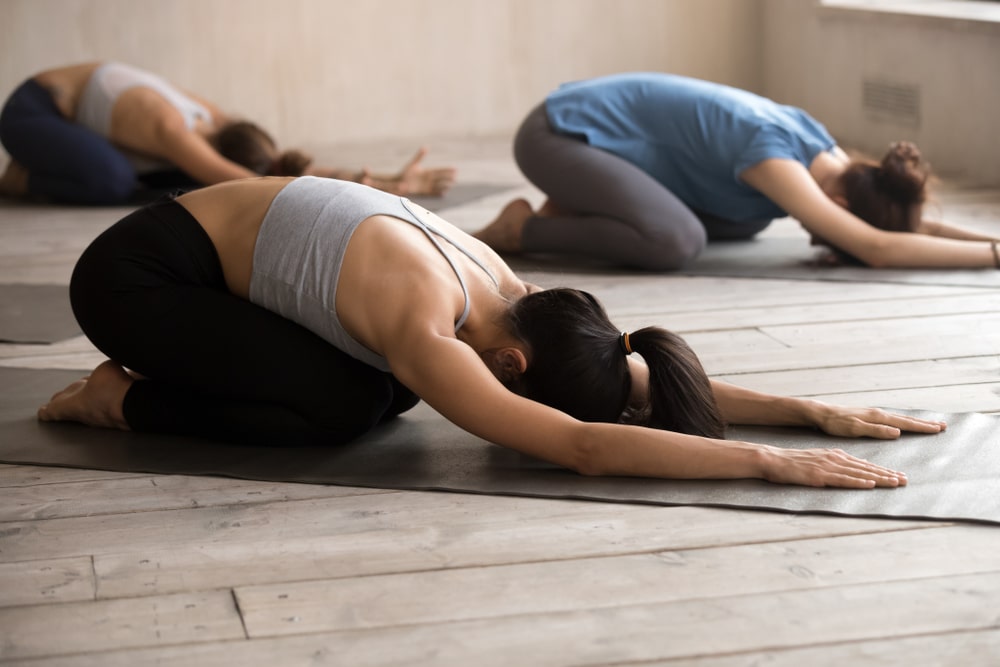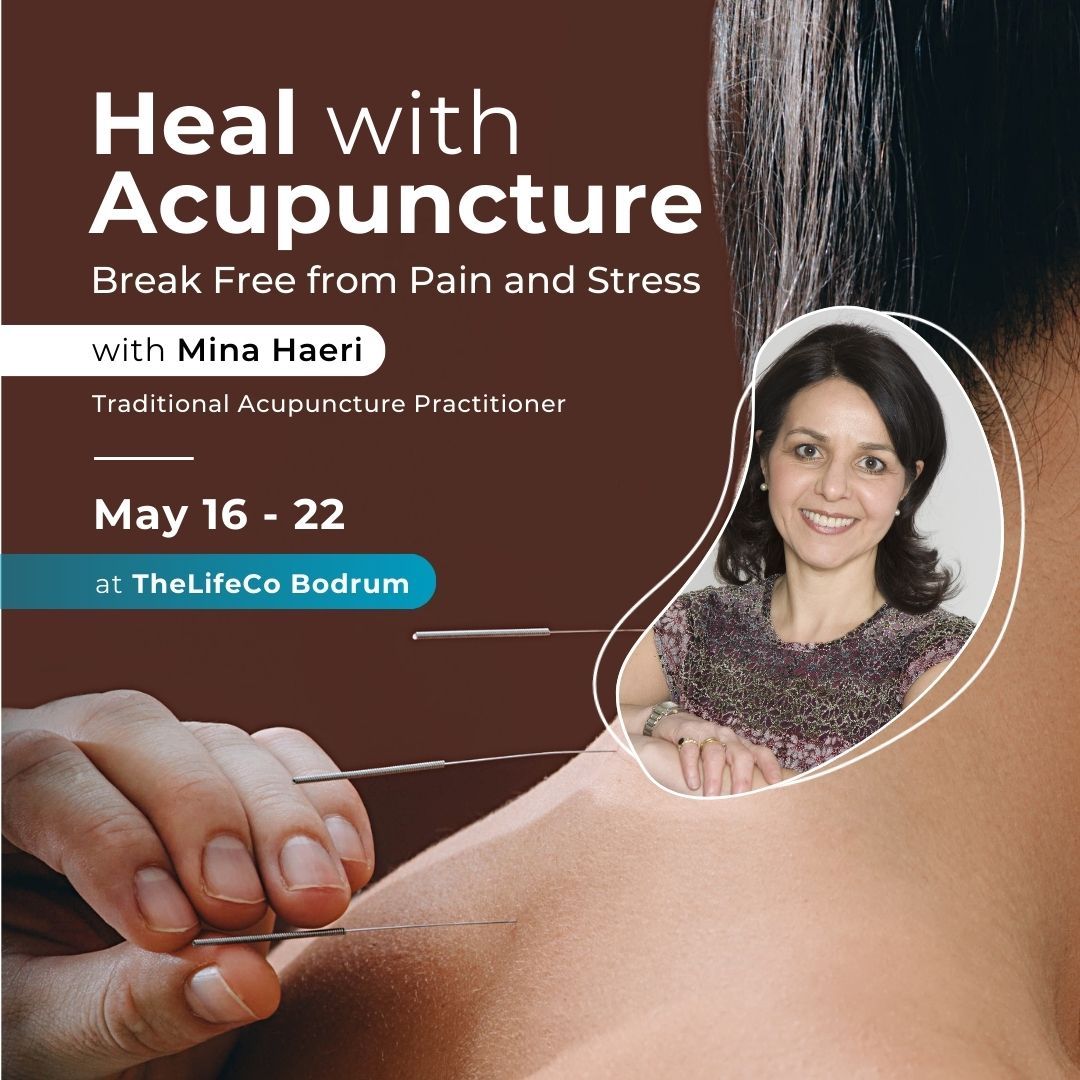So you have decided to start meditating? It’s the new buzzword going around after all; everyone including the elderly people has started practicing it, and they are gushing on about the multiple benefits that it has on their lives.
You may have questioned yourself on perhaps more than one occasion, ‘how in the world does sitting quietly in one spot, doing absolutely nothing improve your life’?
Beginners often complain that starting meditation seems like a complete waste of time, and not to mention boring, when they could be accomplishing so much out there in the “so called” real world. Everyone has dreams to follow, bucket lists to tick off, family to look after, and courses to learn.
These questions, however, will melt away with time as you start meditating regularly. There is so much information and support out there; it needn’t take you years to achieve that sense of total bliss and serenity.
Before explaining the six simple steps to start meditating, consider this analogy that may help as you begin your joinery of self – meditation.
You may have all fallen truly in love with another at some point in your lives. Whether it was during your teenage adolescent years, or your first real relationship in your twenties, or your fourth marriage in your forties.
If you were asked to describe what it felt like when you were in love, you will be able to use several adjectives to convey the feeling to the best of your ability, but would you truly be able to put across that feeling of euphoria? Another person could see your face light up as you describe the object of your desire, but they wouldn’t be able to feel what you felt.
It is the same with meditation.
We are unique individuals and so our experiences will also be unique. One person may see bright lights, another may feel a sense of peace surrounding them, some would prefer using a mantra, and others need music to get into that beautiful space, while some like to do it in the morning, others prefer at night. These are all correct and there are no ‘wrong’ experiences.
I hope that beginners will find these 6 steps helpful to start their first meditation.
Step One: Find a comfortable spot
Prepare a personal spot that is easily accessible and doesn’t turn into an excuse for not meditating. It could be your bedroom, the backyard, kitchen, etc. Whichever space gives you a sense of wellbeing. We generally don’t need any props whilst meditating, but some people find it helpful to light a candle, or play some calm relaxing music. Create the space according to you so that you look forward to going there when it’s time to meditate.
Step Two: Sitting comfortably
If you aren’t able to sit cross legged comfortably on the floor, you may use a cushion, stool, leaning your back against a wall or even a chair to sit on. Whatever makes you comfortable, so that the discomfort is not a distraction during your meditation. However, it is very important to make sure your back/spine is always straight and relaxed.
Step Three: Deep breathes to bring you to your center
This is the most important part of the practice. Sitting comfortably with your spine straight, bring a gentle awareness to your heart space.
Smile.
And then, as you slowly take an inhale through your nose, raise your arms up from the sides of your body and let your hands meet above your head in a ‘Namaste’. (See image below)
Then slowly exhaling through your nose, bring your hands down slowly past the top of your head and gently rest it on your heart center, still in Namaste.
Pause.
Repeat the inhale/exhale exercise three times.
Step Four: Physical scan your body
Again making sure your spine is straight, bring awareness to your feet noticing how they feel, and gently scan your body from bottom to the top of your head relaxing each part completely.
Take notice of how each part feels and if there is tension anywhere, use your mind’s eye to gently relax that area of your body. Most feel tension on their shoulders, upper back, or their knees. Another common area of tension is the jaw, so relax that too.
Step Five: Observe your thoughts
This is the most interesting part of the practice. Firstly, make sure your spine is still straight. We tend to slouch often without realizing it. Become aware of the thoughts that are going around in your head. In the beginning, it usually tends to focus around things that need to get done. Grocery lists, what to cook for dinner later, errands to run, people to call, etc. This is very normal.
But this time, as these same very thoughts swim around in your head, pretend you are on the outside or a witness, and you are just watching the thoughts go by. That’s all. Just observing without getting attached to any emotion that may arise with the thought. (If it helps, tell yourself you can get attached to them later, but for these two minutes you are only a witness).
Each time you notice your mind in a completely different space than when you started, (how did you end up thinking about your office Christmas party!) gently bring your attention back to your heart center.
Step Six: Ending your practice
After observing your thoughts for a few minutes, bring awareness back to your heart for a few moments and rest in that space. Gently re-attune yourself back to your surroundings. Mindfully get up and go about the rest of your day. Try to carry this awareness with you to your next activity.
Start with five minutes every day, and over time, as you feel more comfortable, increase the time to what feels right for you. Don’t give up if you feel like it isn’t working. The positive effects of meditation are subtle, so watch yourself over time and see how it benefits the quality of your life.
Namaste!
You can join a meditation retreat at TheLifeCo centers.







